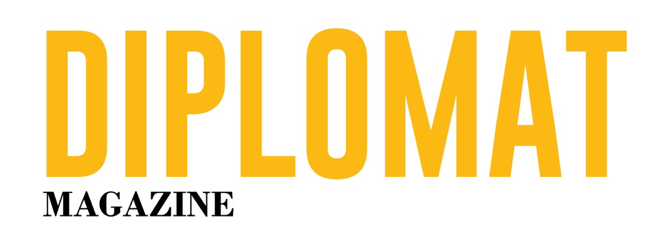Alex Whiting has succeeded Jack Smith to become the Acting Specialist Prosecutor of the Specialist Prosecutor’s Office (SPO).
Mr Whiting’s term as Acting Specialist Prosecutor will last until a new Specialist Prosecutor is appointed. He has exactly the same authorities as a Specialist Prosecutor and there will be no interruption in the work of the SPO in any respect.
Mr Whiting, 58, is a prosecutor of French and US nationality with extensive experience of both domestic and international prosecutions. He has worked for the SPO since June 2019, originally as Head of Investigations and since August 2020 as Deputy Specialist Prosecutor.
Mr Whiting came to the SPO from Harvard Law School, where he had been a professor of practice since 2013.
Between 2010 and 2013, Mr Whiting was in the Office of the Prosecutor at the ICC where he served first as Investigations Coordinator, overseeing all investigations, and then as Prosecutions Coordinator, overseeing all prosecutions.
Before joining the ICC, Mr Whiting taught for three years as an assistant clinical professor of law at Harvard Law School.
Between 2002 and 2007, Mr Whiting worked for the International Criminal Tribunal for the former Yugoslavia (ICTY), where he was lead prosecutor in the trial of Fatmir Limaj, Isak Musliu, and Haradin Bala, and lead prosecutor in the trials of Milan Martić and Dragomir Milošević.
Before joining the ICTY, Mr Whiting was a US federal prosecutor, first with the Criminal Section of the Civil Rights Division in Washington, DC, and then with the US Attorney’s Office in Boston, Massachusetts, where he focused on organised crime and corruption cases.
Mr Whiting is a graduate of Yale College and Yale Law School.
Mr Smith is leaving the SPO to take up a post as Special Counsel in the United States to oversee two ongoing criminal investigations, to which he was appointed by US Attorney General Merrick B. Garland.
Mr Smith was appointed Specialist Prosecutor in May 2018 and took office in September 2018.


















